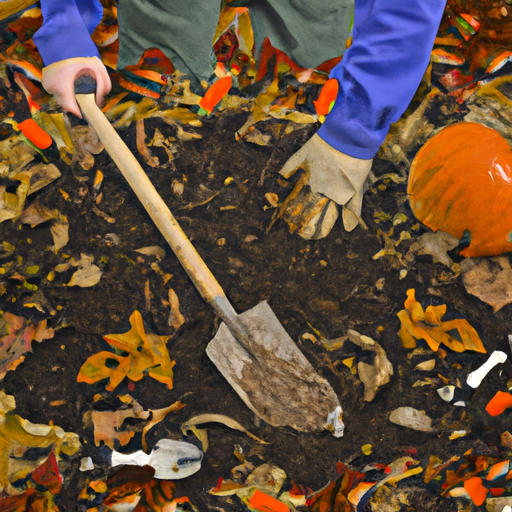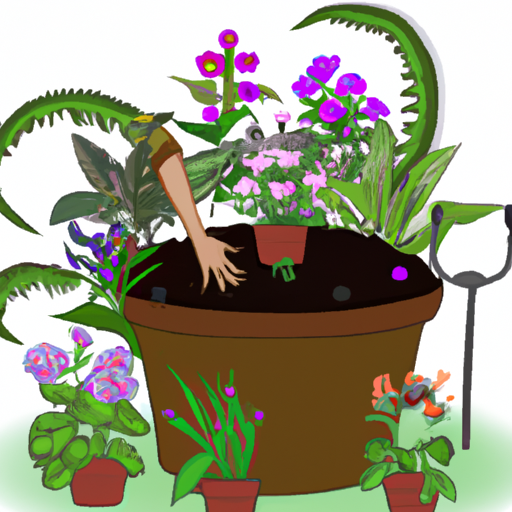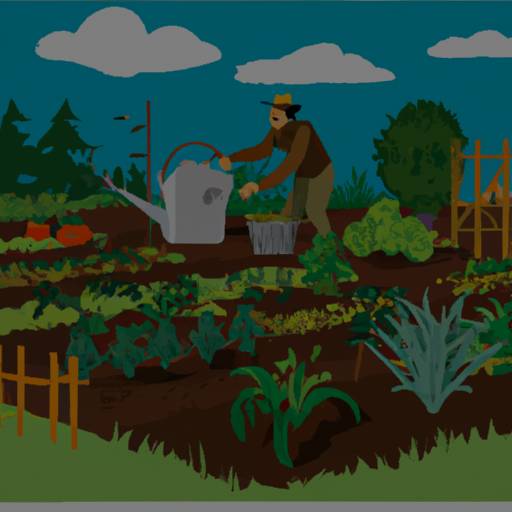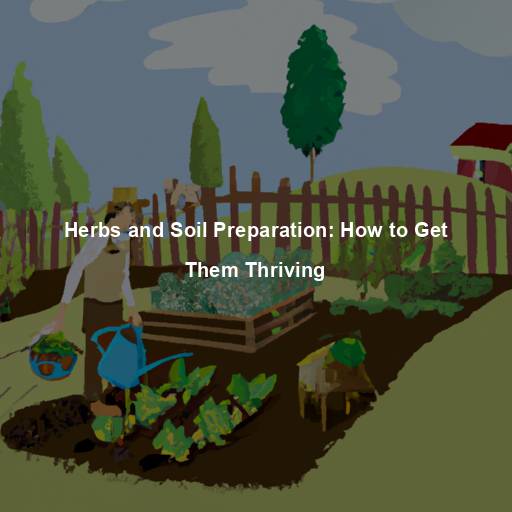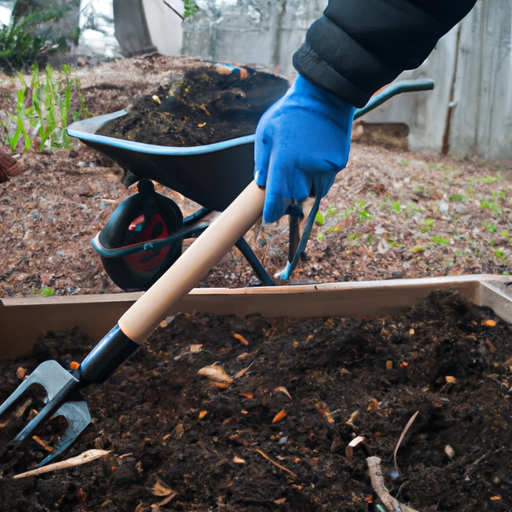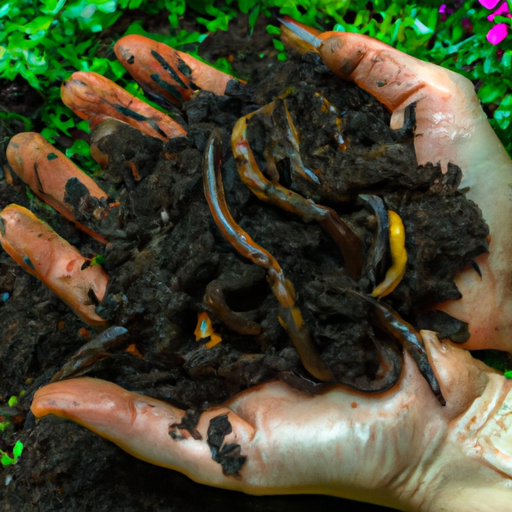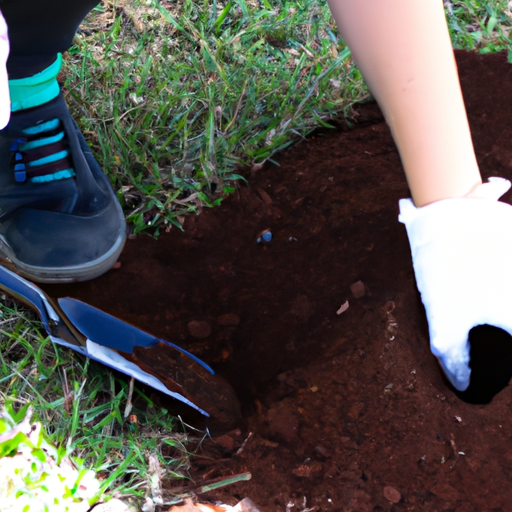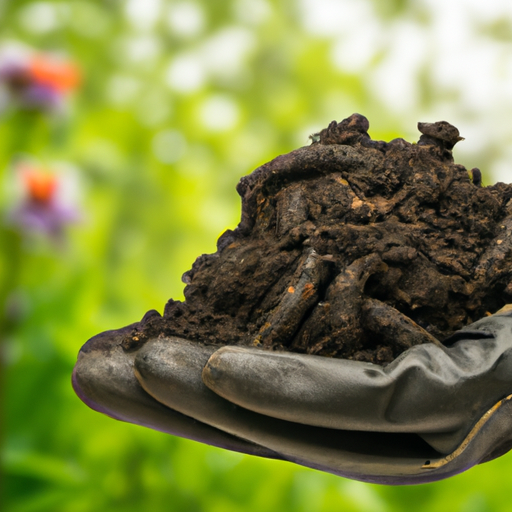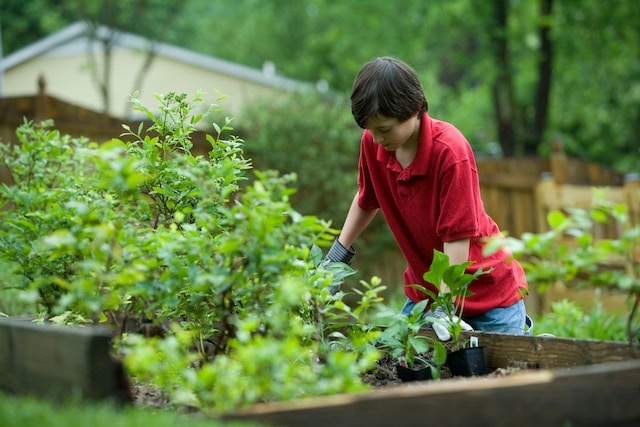Fall Garden Soil Preparation: Tips for Your Best Harvest Yet
Fall garden soil preparation is essential for a successful harvest. It involves adding organic matter, testing and adjusting soil pH levels, and incorporating alternative methods for improving soil fertility. By following these steps, you can create healthy soil that supports optimal plant growth and maximizes your harvest potential. Don’t forget to remove weeds and debris from the garden bed before adding organic matter, and be cautious not to over-fertilize. Regularly testing soil pH levels and making adjustments as needed is also important. Consider alternative methods like composting and companion planting to enhance soil fertility. Start preparing your fall garden now for a bountiful harvest.
